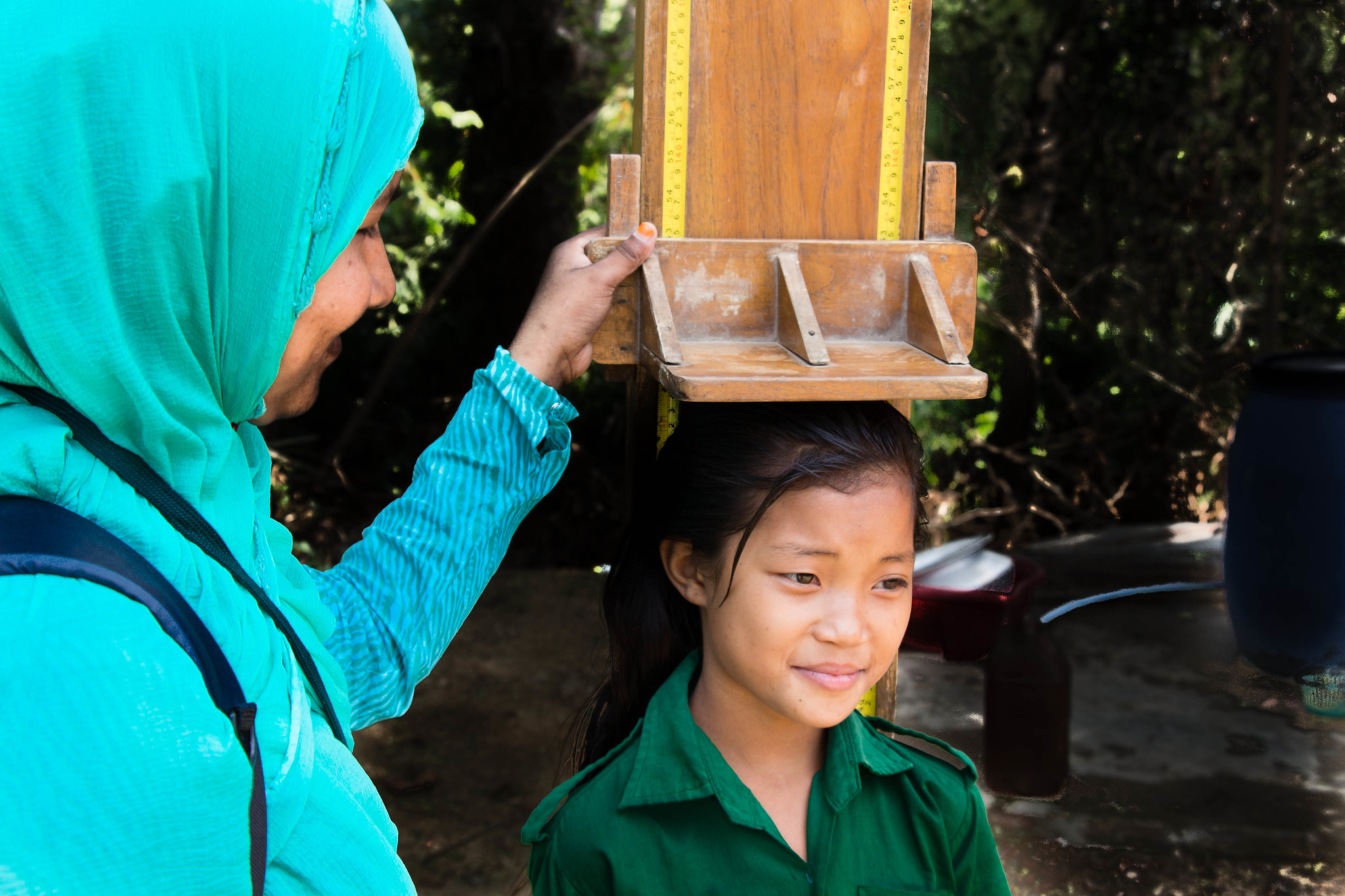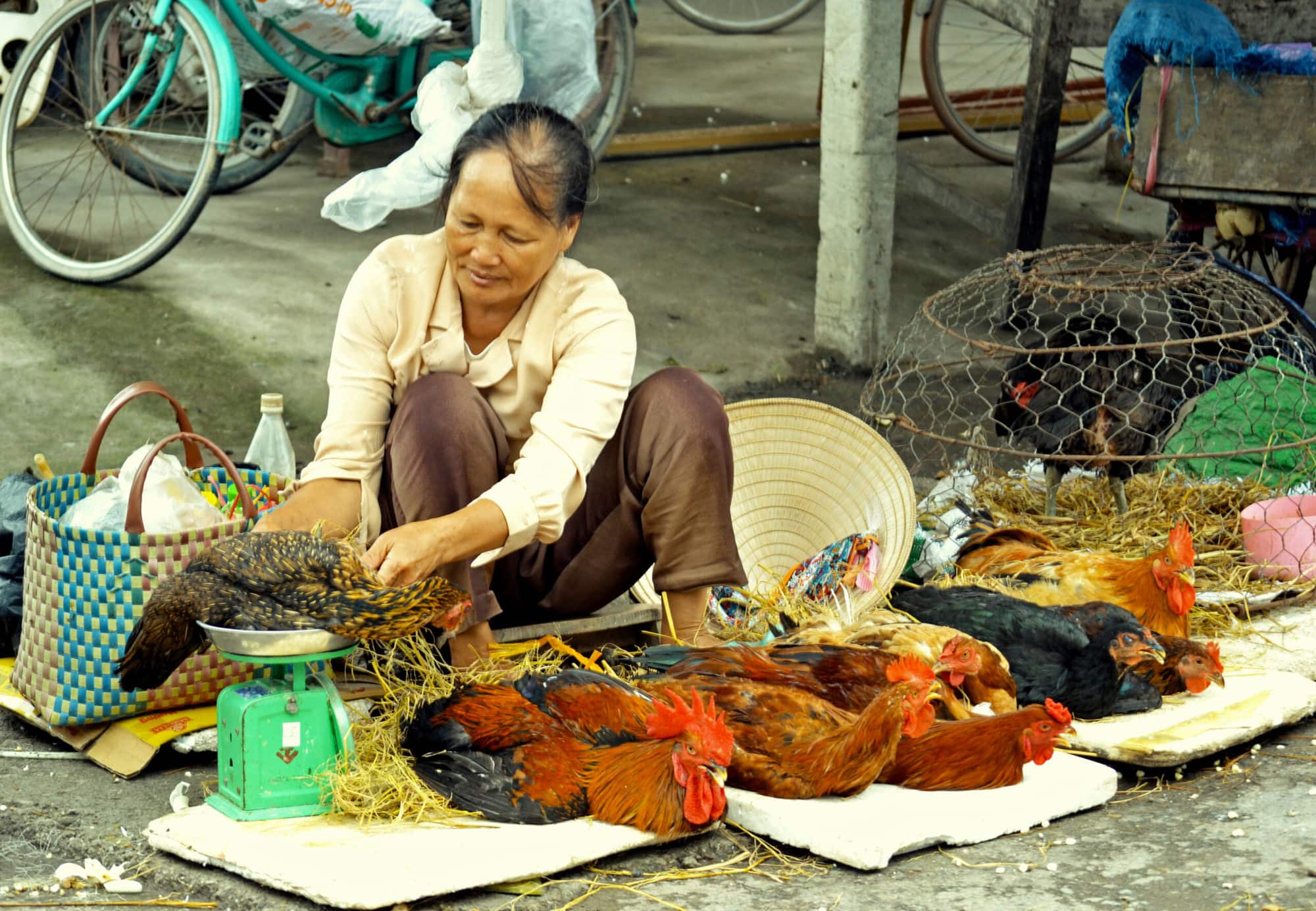Ending undernutrition requires a different focus on stunting
- From
-
Published on
26.04.19
- Impact Area

Anyone following international development is probably familiar with “stunting”—which in nontechnical terms means children being too short for their age. Over the past decade, as the world has focused unprecedented attention on undernutrition, stunting has taken center stage.
This spotlight on stunting has done considerable good. Notably, it has helped nutrition advocates to communicate the consequences of undernutrition to policymakers and donors and persuade them to support the fight against these challenges.
But the focus on stunting has also caused confusion, and this confusion risks preventing us from helping billions of people get the nutrition they need to live better lives. There is a general misperception today that addressing stunting—and its close cousin, linear growth retardation—will automatically address a host of development issues linked to nutrition. In many cases, however, stunting is not the problem we need to solve—it’s something that tells us there is a problem that needs solving.
Related news
-

A decade of academic and research partnership advances One Health in Vietnam
International Livestock Research Institute (ILRI)13.11.25-
Health
In northern Vietnam, Thai Nguyen province has become one of the most active hubs for…
Read more -
-

Positioning healthier rice varieties in Odisha for market demand and farmer income
International Rice Research Institute (IRRI)28.10.25-
Nutrition
-
Poverty reduction, livelihoods & jobs
In western Odisha, farmer groups and women’s self-help groups are taking the lead in bringing…
Read more -
-

SOILutions for Security: CGIAR at the 2025 Borlaug Dialogue
Multifunctional Landscapes Science Program22.10.25-
Biodiversity
-
Environmental health
-
Environmental health & biodiversity
-
Food security
-
Nutrition
From October 21–23, CGIAR will join global partners in Des Moines, Iowa for the 2025…
Read more -
